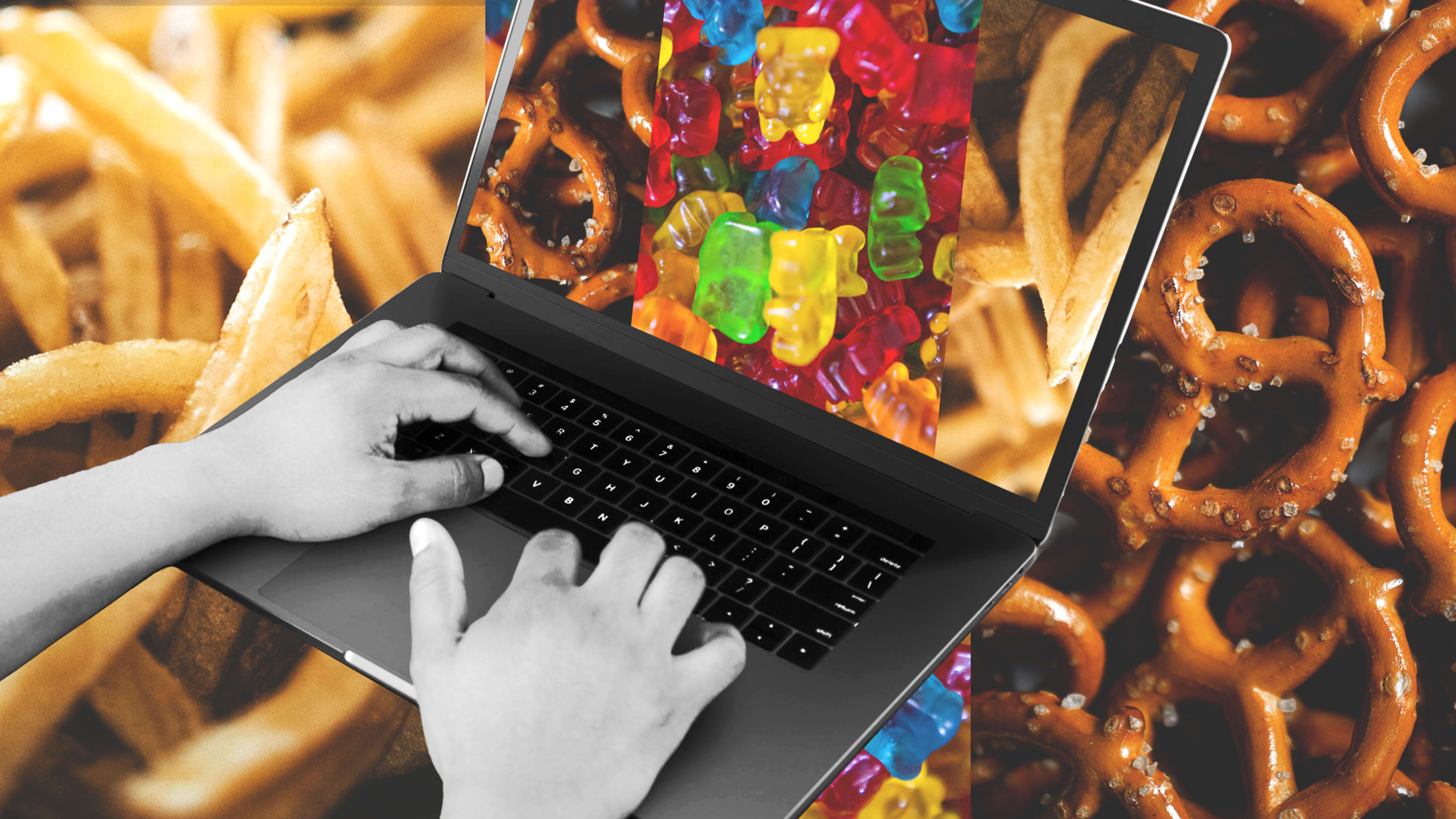One of the perks of working from home is that you get to work in an environment free of the various daily distractions of the office.
However, as more professionals have started working from home (with nearly half of workers remote at the height of the pandemic, according to Gallup), they have certainly noticed an exponential rise in the number of video calls and virtual meetings. This creates workday schedules that are jam-packed and to-do lists that are constantly getting longer.
Sure, there are fewer workplace-related distractions, but that doesn’t mean our days are any less busy. If anything, they’re busier than ever.
I recently found myself in this boat of overflowing work. As a full-time freelance writer and content marketer, I’ve been working from home for around seven years now. But 2020 has been the first year I’ve experienced such a quick and pronounced uptick in the number of online gatherings and conference calls I’m asked to attend.
With all these demands, the result is I often end up skipping lunch 3-5 days a week. I’ve noticed for me, taking time to eat lunch is always the first thing sacrificed in the name of getting more work done. However, I’ve seen how this meal-skipping bad habit has had a major negative impact on my productivity, my mood, and my overall health.
There are a few reasons, backed by science, for this. I’ll also share a few road-tested techniques I’ve used to remedy unhealthy eating while working remotely.
The impact of skipping lunch and junk-food snacking
Research illustrates that the negative side effects I experienced are a common outcome of eating poorly and skipping meals.
A study published in the British Journal of Health Psychology found that over the course of a 13-day monitoring period, food choices of study participants dramatically influenced their daily experiences. What’s more: The more fruits and vegetables participants consumed during the day, the happier, more engaged, and more creative they were while working.
I knew this meant I needed to get on board with a healthier diet (and to stop skipping my midday meal) But I found myself wondering: What should a healthy diet consist of in 2020, anyway?
According to the Dietary Guidelines for Americans, a healthy diet:
- Emphasizes fruits, vegetables, whole grains, and fat-free or low-fat milk/milk products
- Includes lean meats, poultry, fish, beans, eggs, and nuts
- Includes low levels of saturated fats, trans fats, cholesterol, salt, and added sugars
Armed with this information, I decided to find a few ways to make sure I started eating healthy lunches that ticked those boxes (rather than snacking on junk food just to get through the day.)
Here are a few methods I tried, which options worked and didn’t work, and a couple of methods you might consider testing out too.
Meal prepping
The first method I tried out was meal preparation for a week’s worth of lunches on Sunday evening before the workweek began. I sought out two or three healthy recipes (such as this cold-weather-appropriate soup, for example) and divided my meals into lunch-sized portions.
Inevitably, it was great to have a prepared meal ready to go at lunchtime that I could reheat and eat right away, but I didn’t love eating the same meal multiple times a week. To add to this, by Thursday and Friday, my Sunday-prepared meals were no longer looking too appetizing, as the cooked ingredients started to get soggy from sitting in the refrigerator.
Mail-order meals
Knowing I wanted more variety in my workweek lunches, I decided next to try out a few of the healthy mail-order meal options. I loved the ultra-healthy, nutrient-dense meals from Sakara Life, as well as the soups and bowls from Green Chef’s “plant powered” menu.
At the end of my experimentation, I found I loved having various healthy, ready-to eat or minimal-preparation meals throughout the week, which often included ingredients I don’t normally cook with and new-to-me recipes. Also: Because both came in just three-day servings, they held up well in the fridge. This method worked for me, and even though it came with a higher price tag, the value of saving time and not wasting food ingredients made it worth it.
Healthy eating and productivity
Since finding a solution to my lunch-skipping problem, I’ve felt better, been more focused during the workday, and am still able to eat healthy meals that don’t require a ton of time or energy to prepare.
Reports from the World Health Organization state, “adequate nutrition can raise your productivity levels by 20% on average.” After rethinking my diet to incorporate more healthful options, I’ve seen my remote-work productivity improve noticeably. From this brief experiment, I’m living proof that a better diet equals better work quality.
Kaleigh Moore is a writer and consultant for companies in the SaaS industry.
Recognize your company's culture of innovation by applying to this year's Best Workplaces for Innovators Awards before the extended deadline, April 12.
